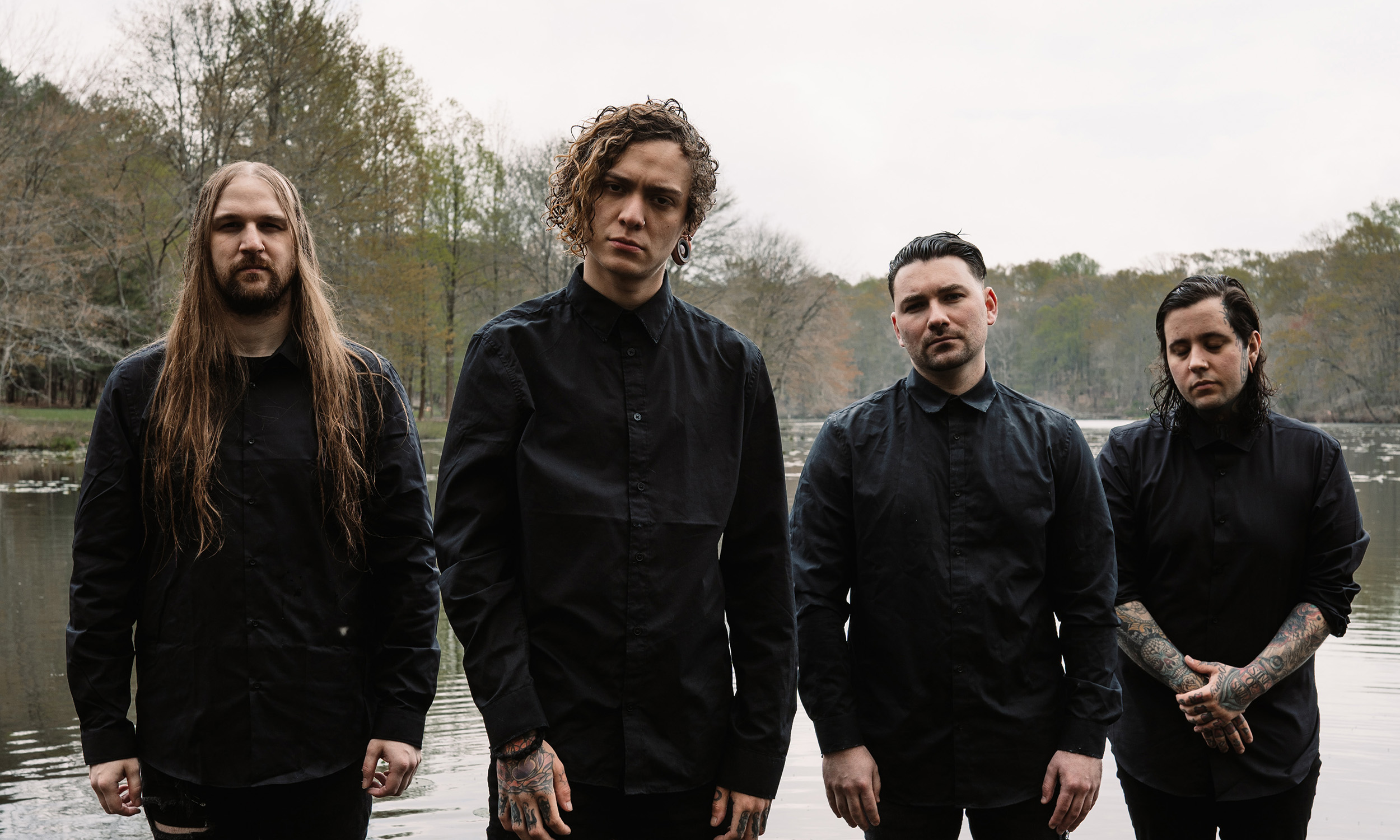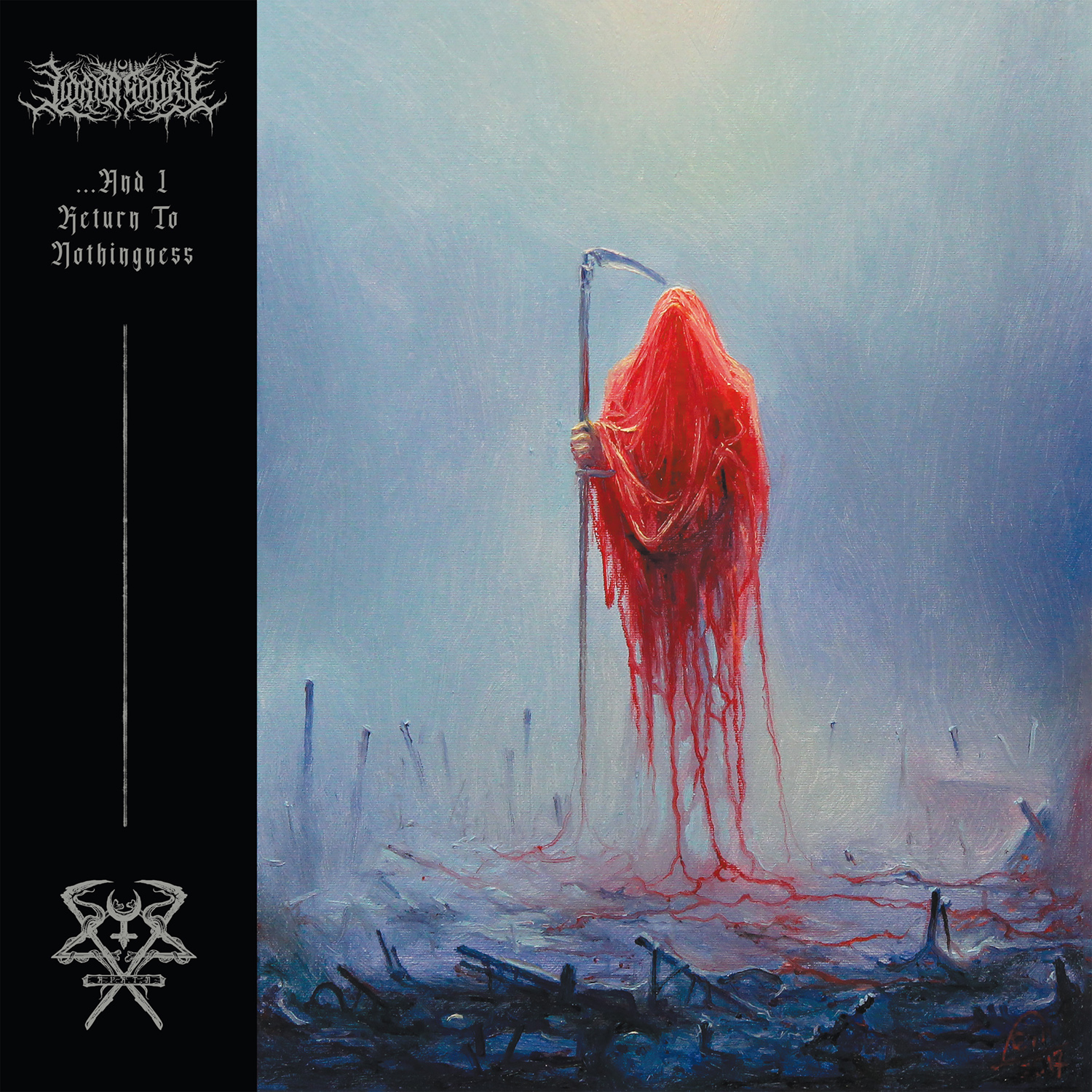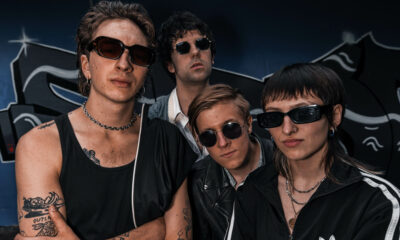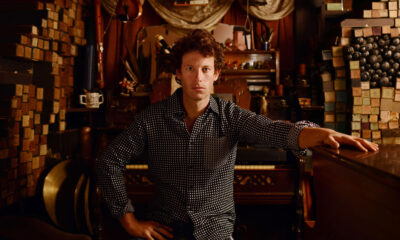Interviews
Talking Vocal Techniques and Protecting Your Voice on the Road with Lorna Shore Vocalist Will Ramos
New Lorna Shore vocalist Will Ramos talks about his inhuman vocal technique and protecting his voice on the road.

You only have to look at the comments section on Lorna Shore’s video clip for “To The Hellfire” to see how much of a talking point new vocalist Will Ramos’ almost inhuman vocals were. From reaction clips to fellow vocalists, his demonic growls have set the extreme metal world on fire.
Following the release of their new EP, …And I Return To Nothingness (read our review right here), we had a chat with Will about his vocals, his technique, how he protects his voices on the road, and more.
1. Warm-Up Routine
“I think like warming up is one of the most important things when it comes to doing vocals. A lot of people, you know, they’ll skip that stage where they’ll hear their favourite vocalist and be like, ‘Fuck it. I’m going to run onto the stage, and then just do my vocals,’ and that’s fine. I feel like, when it comes to doing like, very, very extreme, technical vocals, if you don’t warm-up, you might be fine the first day, but then you might find the second day a little sore then the third day, you’re sorer. Eventually, you have a whole tour and you’re not good anymore. So, for me, my biggest, easy, quickest warm-up technique is called Tuvan Throat Singing. It’s essentially a vocal technique that Mongolians do, or Tuvan people rather. It’s something that’s a native thing that people have been doing for hundreds and hundreds of years.
“Basically, what you’re doing is you’re vibrating your vocal, your false chords, but you’re not making a screaming sound, you’re making a cry out. It’s crazy just thinking about the history of that because people use that technique to try and replicate animals in the wild to scare animals. Now we’re here and we’re screaming and we took that to the next kind of level. So it all goes back to the roots, though. So Tuvan Throat Singing, ten out of ten, first warm-up I ever learned and the one I do every single time right before I do any vocals 100 percent.”
2. Practice
“I have a studio in my house that I set up a couple of years ago when I was in Awake In Providence because I find that I write better when I’m alone and I can perform better when I’m alone. I made the studio this way so I don’t have to think about somebody else judging me. I practice mostly in the studio because, when I do vocals, I can listen back immediately. Sure, you can scream in the car and it sounds great but a lot of it also gets muffled which you don’t notice until you’re actually sitting in front of a computer and you pull out a microphone then you scream but forget to pull out all these other frequencies that you never heard.
“For me, one of the biggest things that helped me grow as a vocalist was actually developing a studio because you really don’t know what you sound like and if you want to hone in on a certain technique and a tone like how you hear other vocalists, you need to know exactly like what you sound like. It’s impossible unless you have a studio so I felt like this is 99 percent of where I learn. I have a shower and when I started doing vocals, I’m not going to lie, it was in the shower. I plugged in my iPod Nano with a camera and it was so sick to scream Lamb of God in the shower all the time. I needed to get serious and get a studio setup now.
“The thing is, even when I first started making it and I tell this to every vocalist out there, everyone thinks the studio setup is going to be like thousands of freakin’ dollars, but the first setup that I had for like seven years, I think it cost me 300 bucks maximum, and that was my rig for years.”
3. Protecting Your Voice on the Road
“I make sure that have invested in this thing, it’s like a moisturizer. It’s almost like a mask kind of thing. It’s actually almost like a humidifier. It looks kind of crazy, but it’s supposed to work so that when you inhale through this thing, it moisturizes your vocals and makes it super ready for some brutal beating. Obviously, you want to make sure that they’re as healthy and ready to go as possible so I got that. I also have like a post screaming mint. I don’t even know what’s called it but I got it from Germany. If I don’t have that, I usually just use a cough drop or something because I find those soothing. Those things are good, really soothing.
“Also, before I even go on, I’ll have a nice lavender or some kind of tea. Not caffeinated. Something calming that pretty much just makes the vocals feel ready to do anything possible. So it’s always tea, the frickin’ cough drop and the humidifier thing. Then just generally looking after your voice because, obviously, it’s your work tool.
“Basically, I just try not to do anything that’s like… I don’t scream crazy loud or do anything that’s insane outside of doing these vocals because, usually, when you’re just having like a ball, and you’re drunk, hanging out with friends and you just start like getting super loud, those things all will hurt your voice over time, especially if you’re on a tour. So I really try to take care of my voice. If I hurt, my voice is hurting, and I take a break and let my voice heal, like my chords, then it’s fine. That’s how I feel. I feel like that’s the most important thing because a lot of people will hurt and they’ll just keep hurting, and they’ll keep screaming through it then you blow out your vocals. I’ve done that before especially in the beginning and those were some of the roughest times in my vocal history for sure.”
4. Developing Your Technique
“I was always good at my lows, or I think I was. I was comfortable with my lows is what I mean but I was always uncomfortable doing highs. I always hurt every time but I couldn’t figure them out. I didn’t know what’s going on. A lot of it was figuring out that I was using the wrong technique to try and hit a certain sound that I wanted to hit. Those high highs usually aren’t like a false chords technique, but when I was first trying to figure out how to do screaming, all I knew to do was false chords. Obviously, I’m trying to do this thing that’s not possible with my false chords and it was hurting and pain and pain and pain.
“Then I remember, one day, I saw a video of a high demonstration, no microphone, no studio no nothing, raw as hell high. As soon as he did the high one, I heard it and I said to myself, ‘I know how to do this now,’ and I went into my car, did it. It was insane because I’ve always learned how to make that sound but doing vocals is as much about listening and your ear tricks you all the time. It’s something way more complicated than it may actually be. but in this case, you know, it was something that I’ve already done before, I just didn’t realize that I was doing it. So, when I heard it live, right in front of me on this computer, I realized that is how you do it.”
5. Final Message for Vocalists
“For vocalists out there, I say don’t stop ever. I hurt sometimes, it’s all good. Take that break that I’m telling you about. It is so important. It’s the most important thing ever. Yeah, always keep going but make sure you take that vocal break when you need it.”

Artwork for ‘…And I Return To Nothingness’ by Lorna Shore
-

 Music1 week ago
Music1 week agoTake That (w/ Olly Murs) Kick Off Four-Night Leeds Stint with Hit-Laden Spectacular [Photos]
-

 Alternative/Rock2 days ago
Alternative/Rock2 days agoThe V13 Fix #011 w/ Microwave, Full Of Hell, Cold Years and more
-

 Alternative/Rock1 week ago
Alternative/Rock1 week agoThe V13 Fix #010 w/ High on Fire, NOFX, My Dying Bride and more
-

 Features1 week ago
Features1 week agoTour Diary: Gen & The Degenerates Party Their Way Across America
-

 Culture1 week ago
Culture1 week agoDan Carter & George Miller Chat Foodinati Live, Heavy Metal Charities and Pre-Gig Meals
-

 Music1 week ago
Music1 week agoReclusive Producer Stumbleine Premieres Beat-Driven New Single “Cinderhaze”
-

 Indie2 days ago
Indie2 days agoDeadset Premiere Music Video for Addiction-Inspired “Heavy Eyes” Single
-

 Alternative/Rock2 weeks ago
Alternative/Rock2 weeks agoThree Lefts and a Right Premiere Their Guitar-Driven Single “Lovulator”













